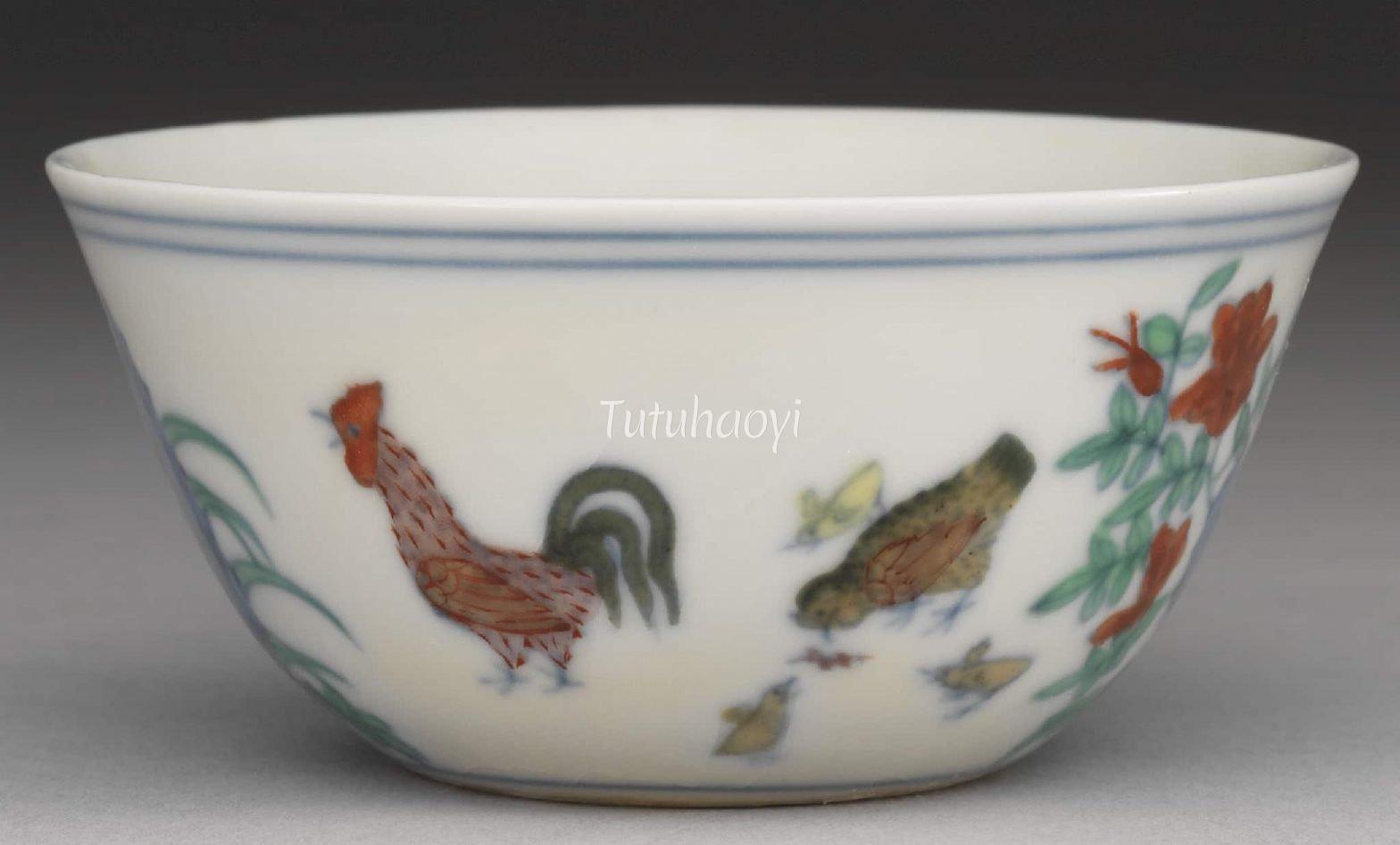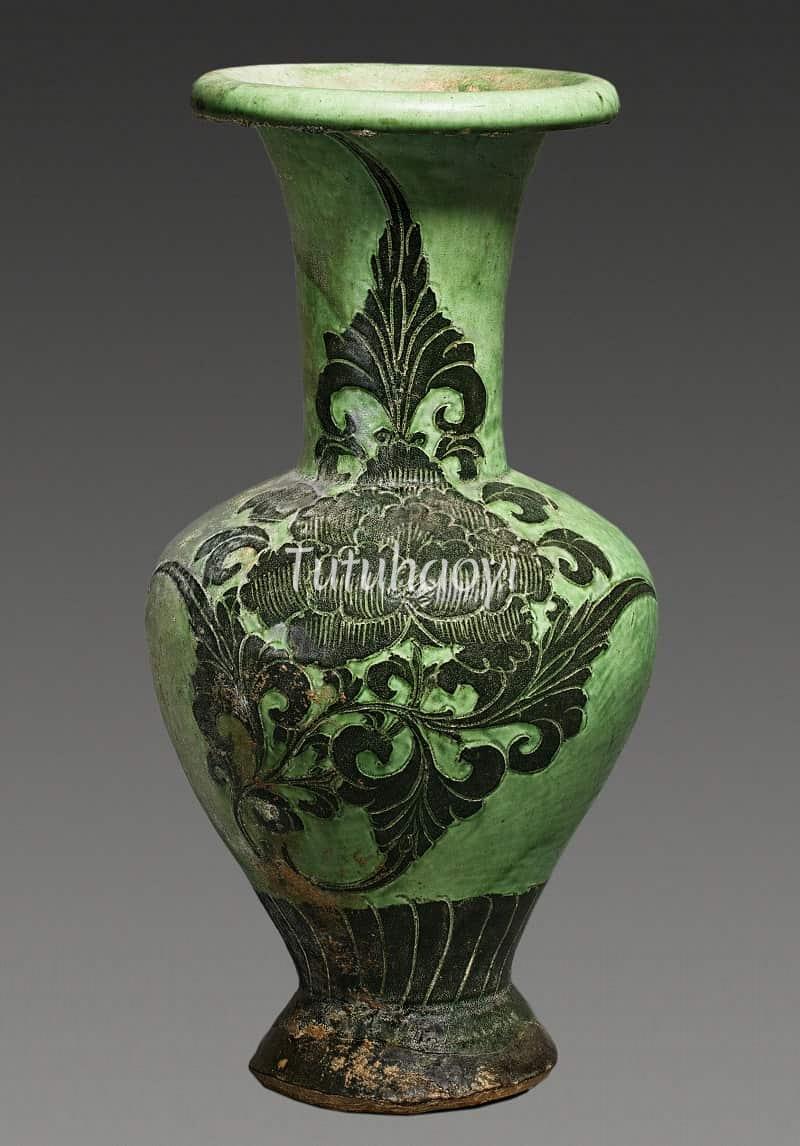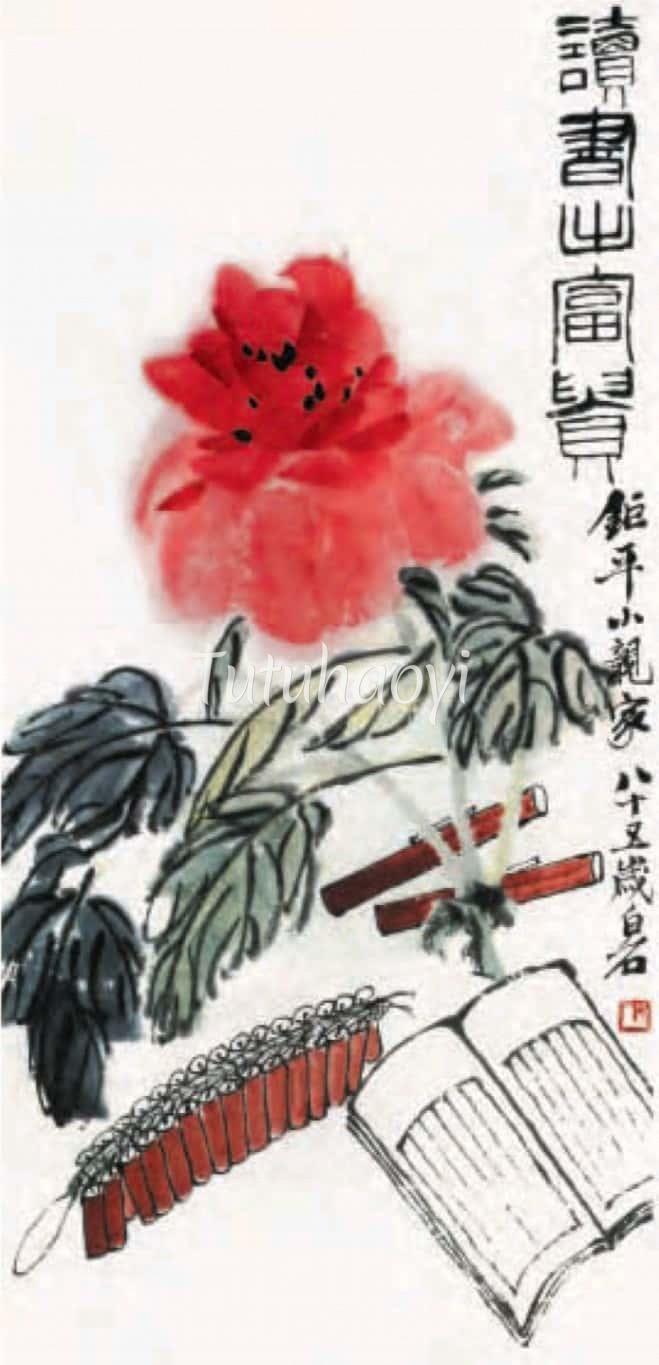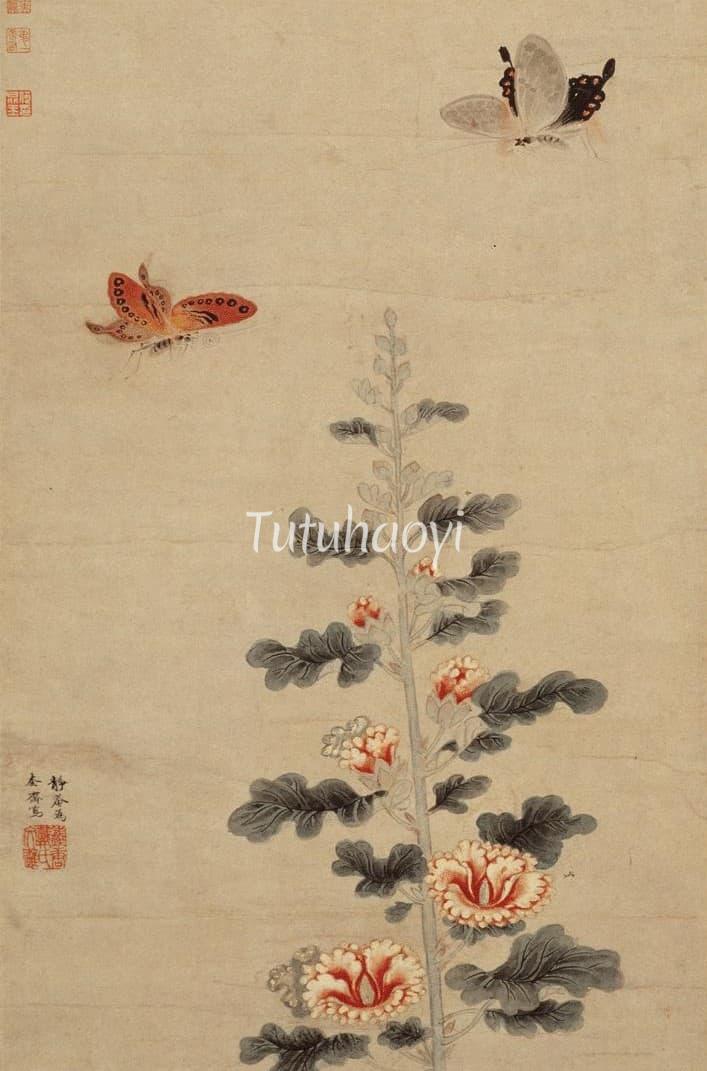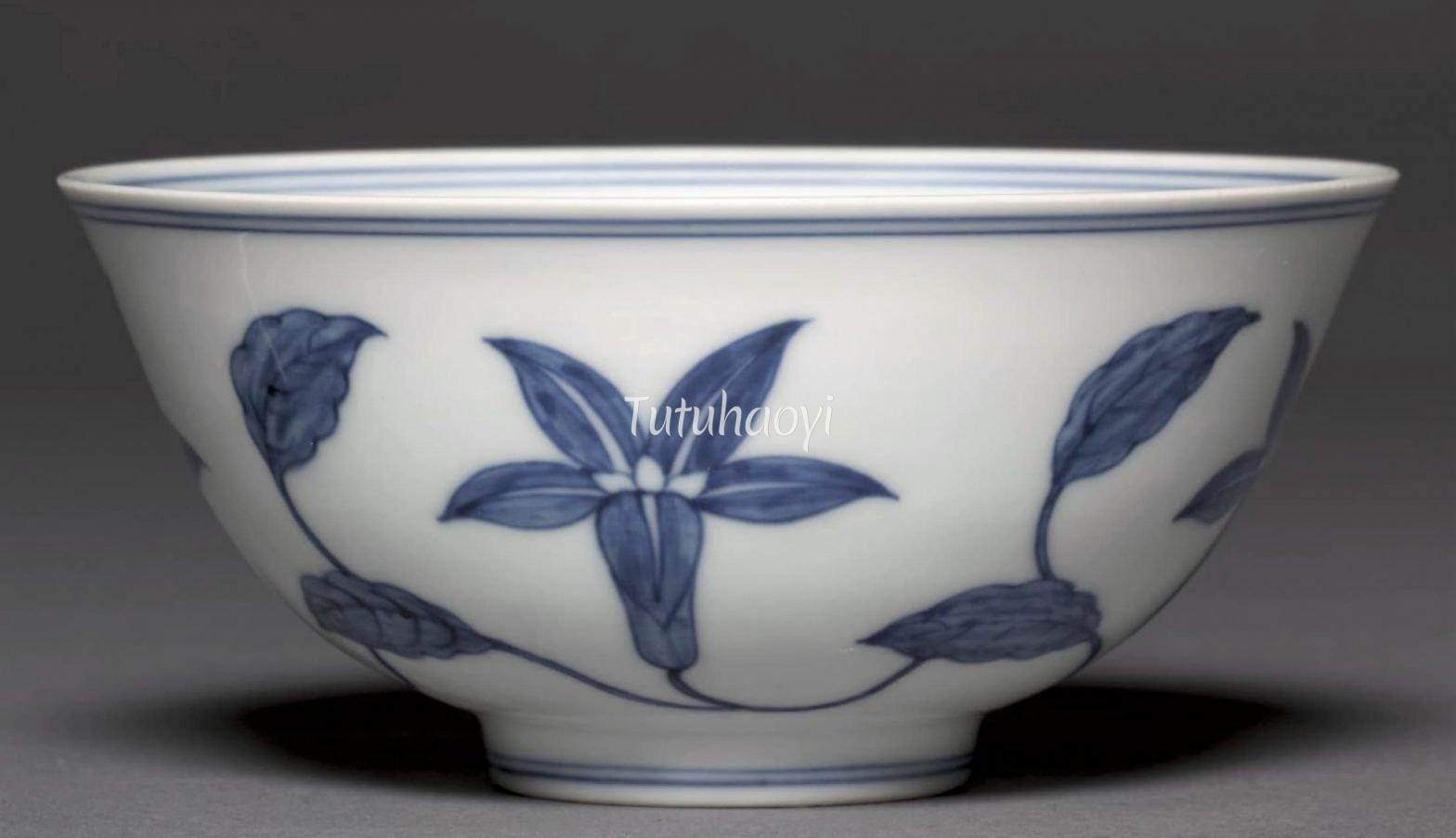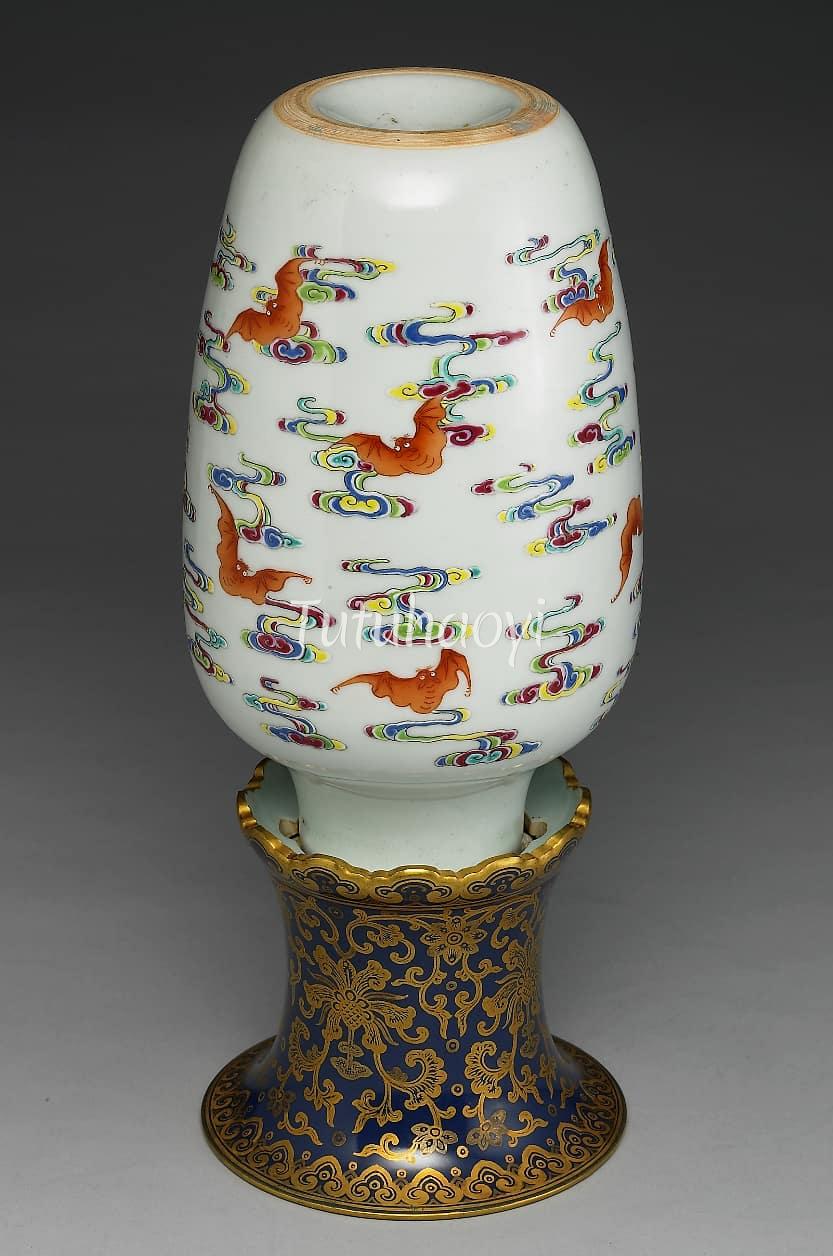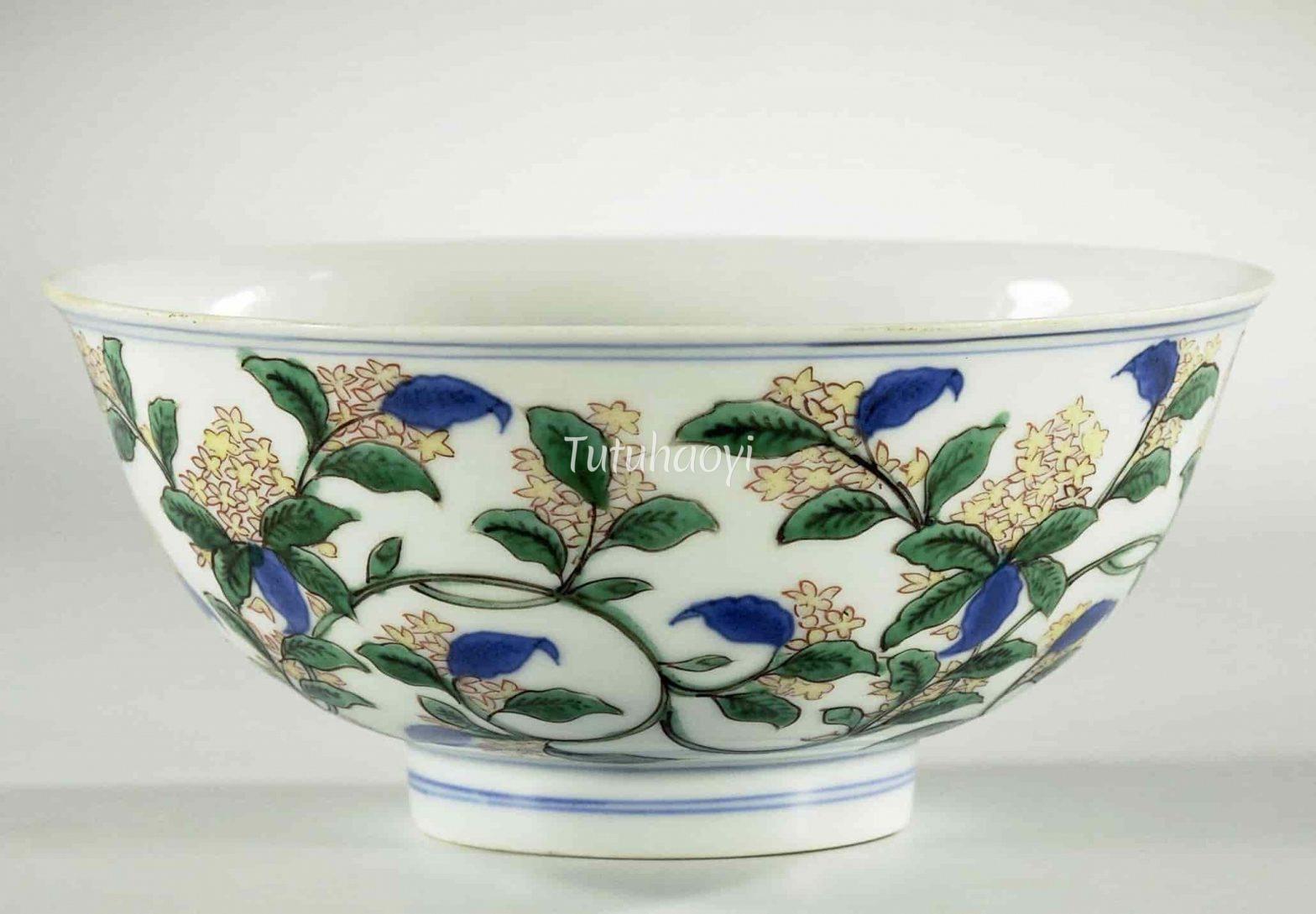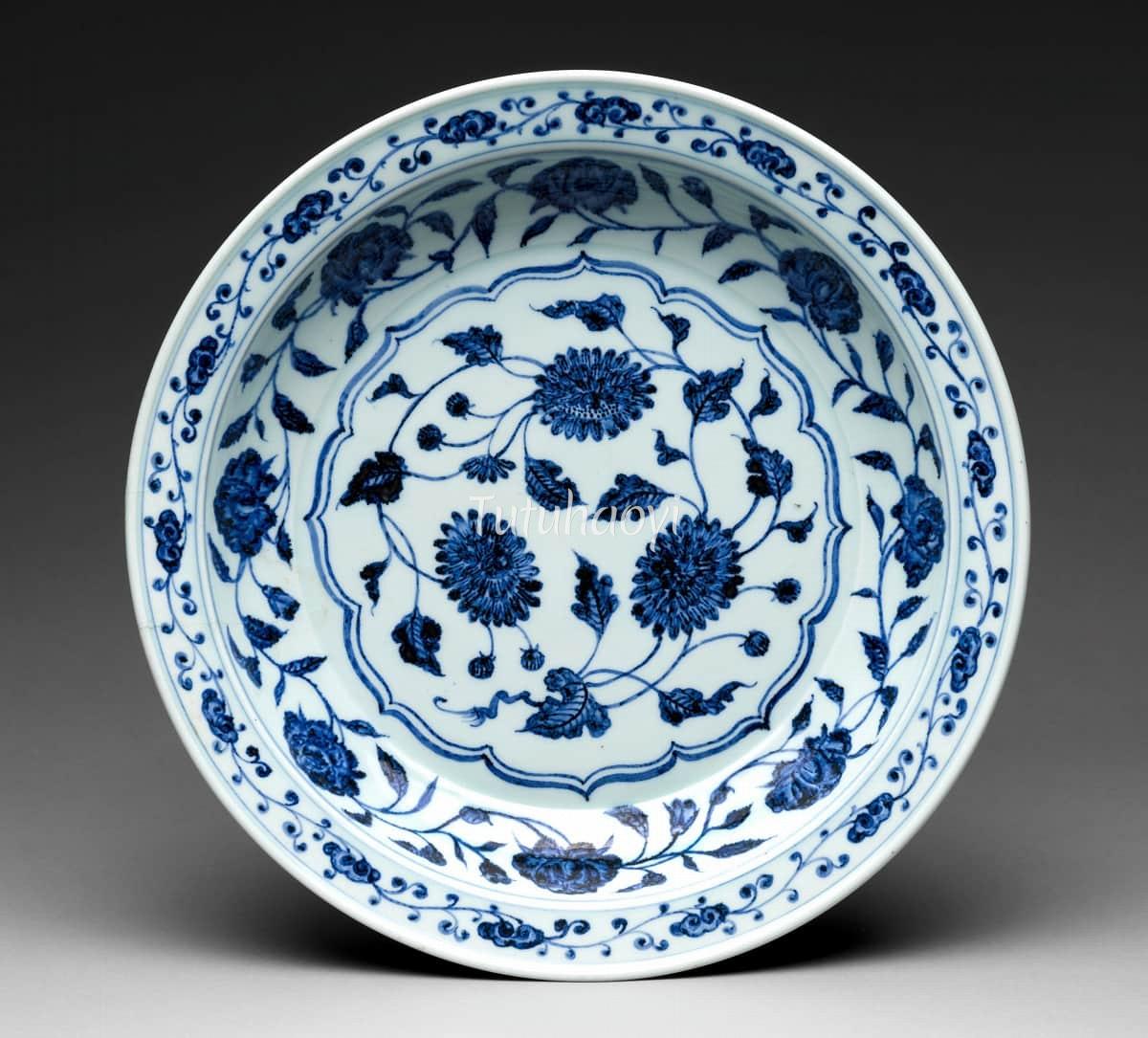- No products in the cart.
Chinese Pinyin: Gong Ji
Chinese: 公鸡
Name Of Image: Rooster
Description:
One of the most commonly used motifs that depicts household fowls. It has also been frequently used in pun rebuses with intended meaning of ‘good fortune’ or ‘good wishes’, as its Chinese pronunciation is ‘ji 鸡’, punning on ‘ji 吉’ …

